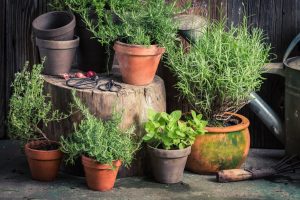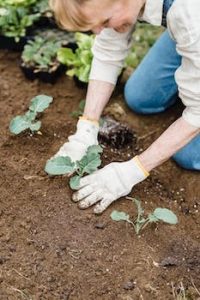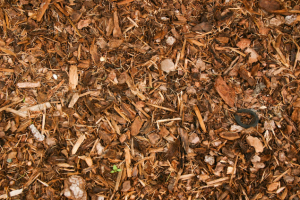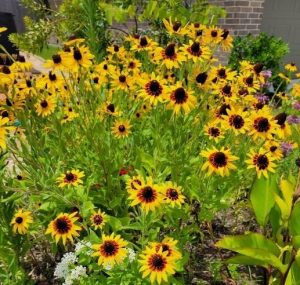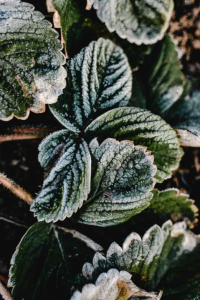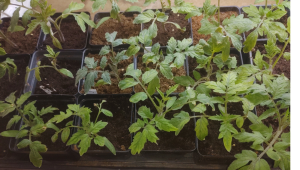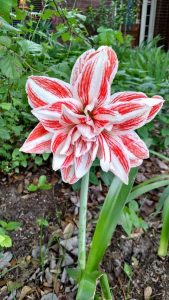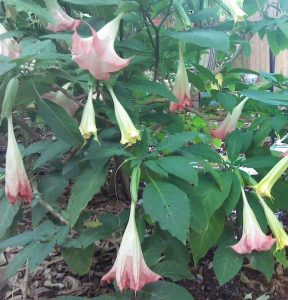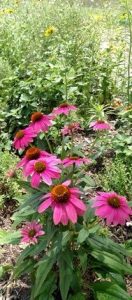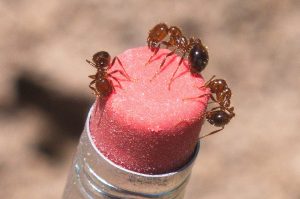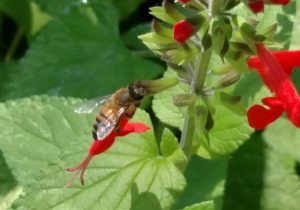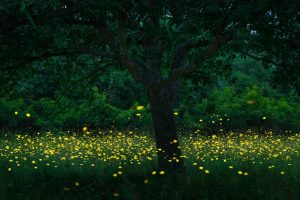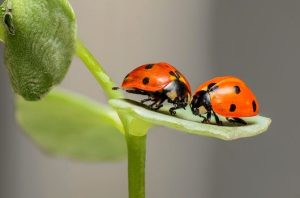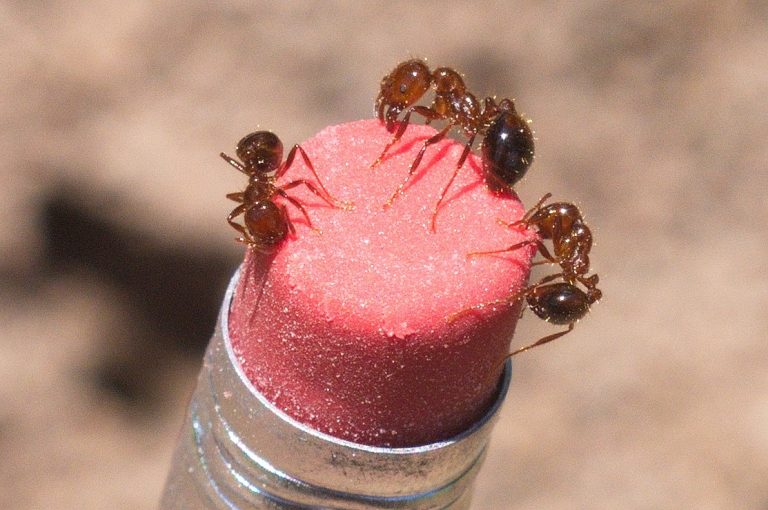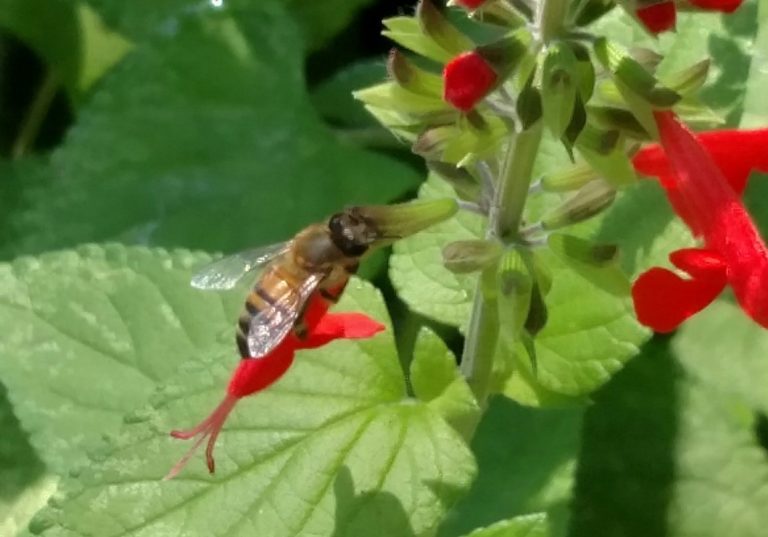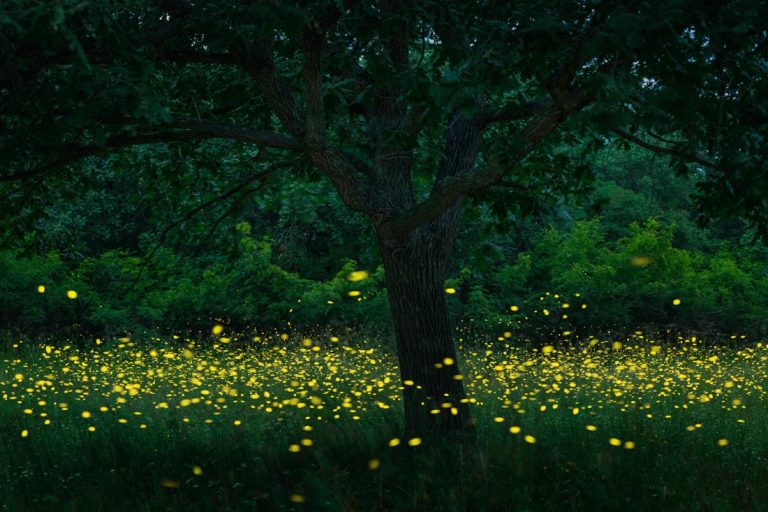In case you didn’t know, neonicotinoids are a new class of insecticides related to nicotine. The name means “new, nicotine-like insecticide.” Neonicotinoids affect receptors in the nerve synapse of insects. Particularly toxic to insects, they can also harm vertebrates.
In a 2015 paper from the Environmental Science and Pollution Research group, an EU-sponsored organization, neonicotinoids can have lethal consequences on smaller bird species, and dangerous, but non-lethal effects on fish and mammals, including humans.
Many growers treat seeds with neonicotinoids. Since neonicotinoids are water soluble, they are also used in a spray. Neonicotinoids are systemic, which means once they are applied, they distribute throughout the plants vascular system – the stems, leaves, roots, flowers and seeds. They can exist in the plant anywhere from one to three years.
They are most dangerous to bees, for several reasons. Bees sipping nectar from a plant treated with neonicotinoids, or drinking moisture exuded from a plant (for instance corn sweats at night and bees are drawn to the moisture, are directly affected.
Growers know that aphids make plants less attractive, so they use neonicotinoids to kill the aphids. Aphids emit a sweet substance, that bees find attractive. Bees will also drink this.
Bees will also take neonicotinoid-affected pollen back into the hive with them, infecting larvae, and adults alike.
Bees aren’t the only beneficial insects killed by neonic chemicals. Aphids love milkweed. Growers and nurseries spray milkweed with neonics to prevent aphids. But milkweed is the food source of the monarch butterfly larvae. When the monarch caterpillars hatch and begin eating the leaves, they die.
Ask your nursery if neonicotinoids have been used on the plants you are thinking of buying. Many locally owned nurseries already know the dangers and have taken measures to keep neonicotinoids out of their product stream. It still doesn’t hurt to ask.




